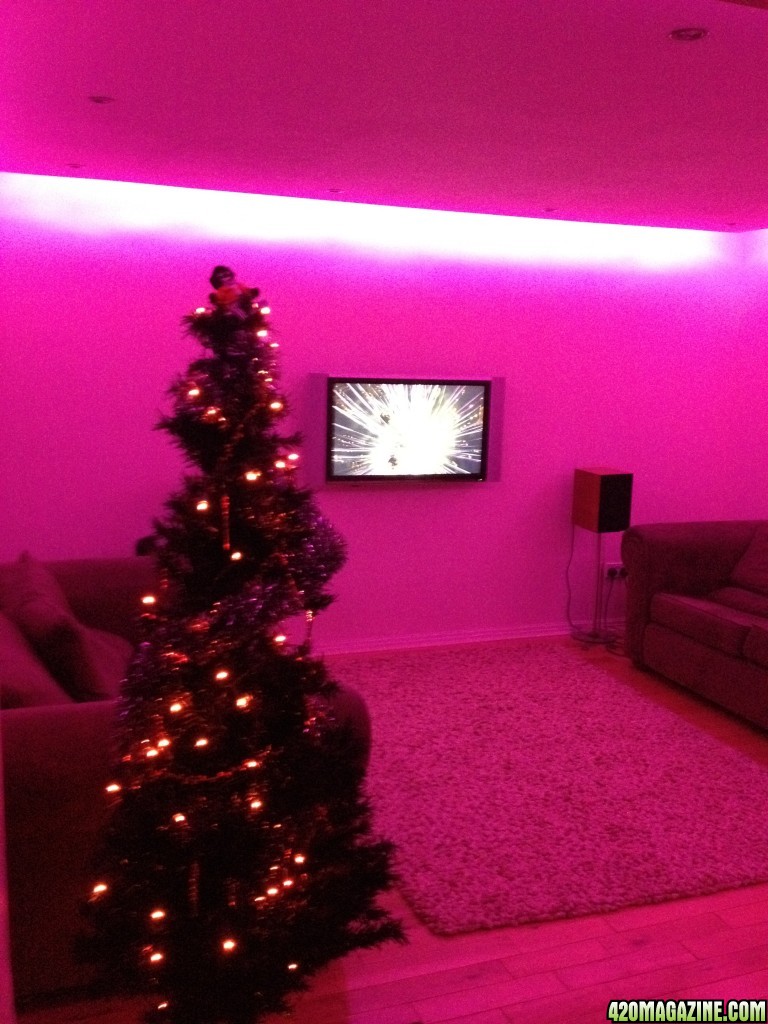Robert Celt
New Member
Good morning Max 
Concerning your soils, do a search on here for Kraize, he is a UK grower as well and has been playing with soils available there. He might be able to point you somewhere to get your soils
RC

Concerning your soils, do a search on here for Kraize, he is a UK grower as well and has been playing with soils available there. He might be able to point you somewhere to get your soils

RC




 ! Im on my first grow to all the people here are supper friendly and helpful!
! Im on my first grow to all the people here are supper friendly and helpful!